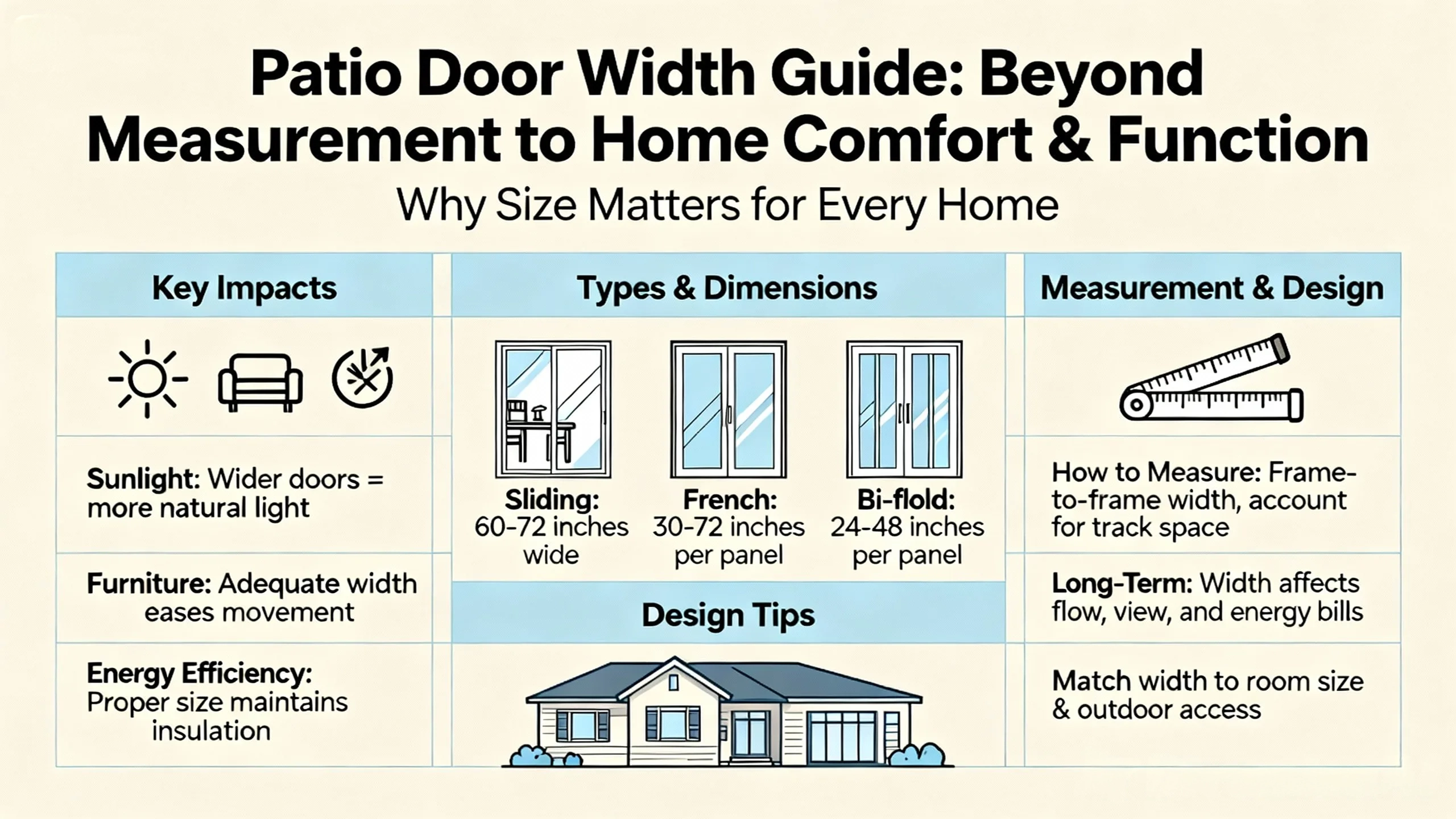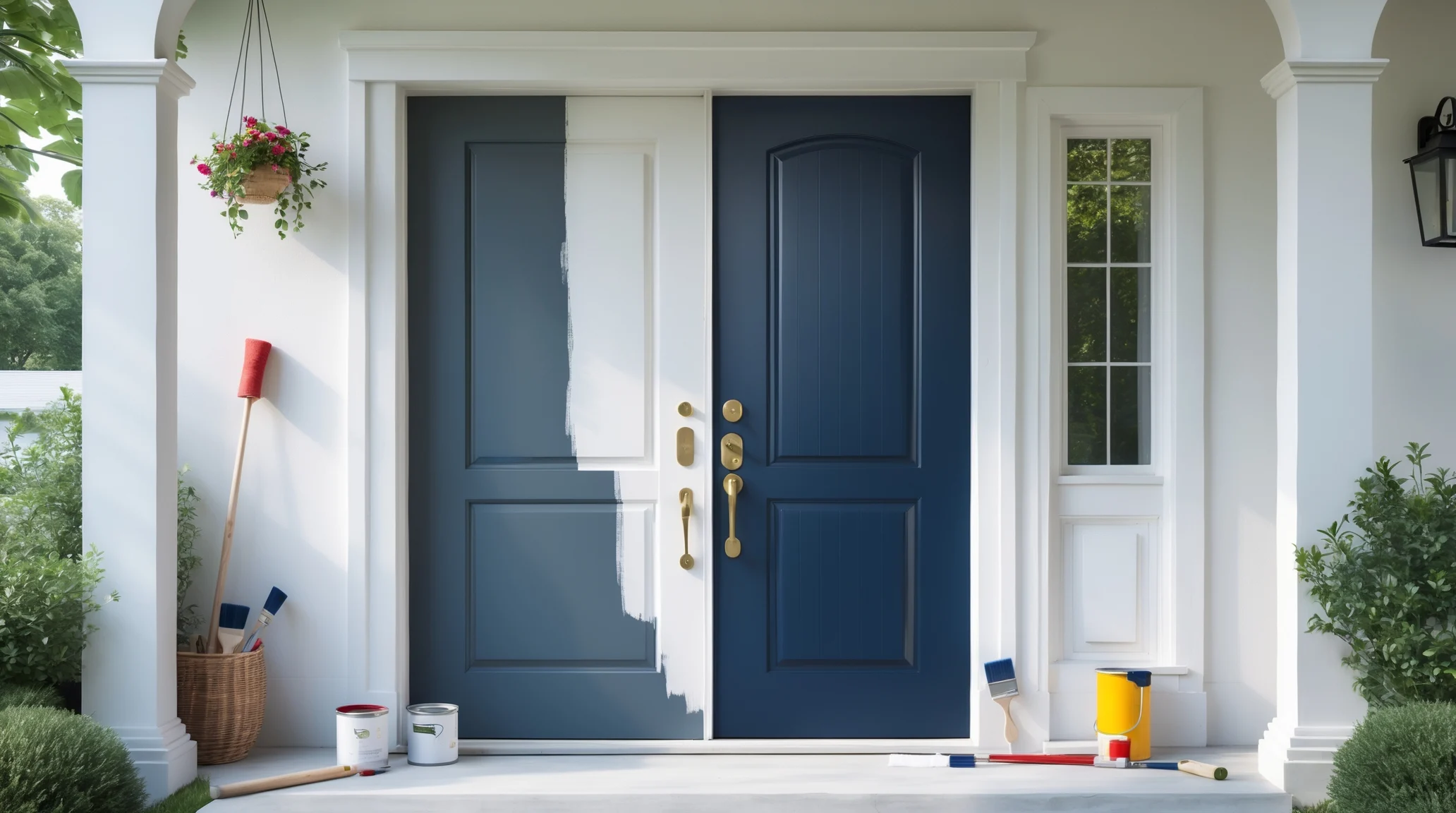Why Window Choice Affects Your Home’s Energy Efficiency
When people talk about saving energy at home, they usually think about lights, heaters, or AC units. But windows are just as important. The kind of window you choose can make your home warmer in the winter and cooler in the summer. That means your heating and cooling system won’t have to work so hard, and that helps lower your energy bills.
If you’re wondering how to replace a window without removing the siding or other types, this guide will help you understand what to look for and why window design matters.
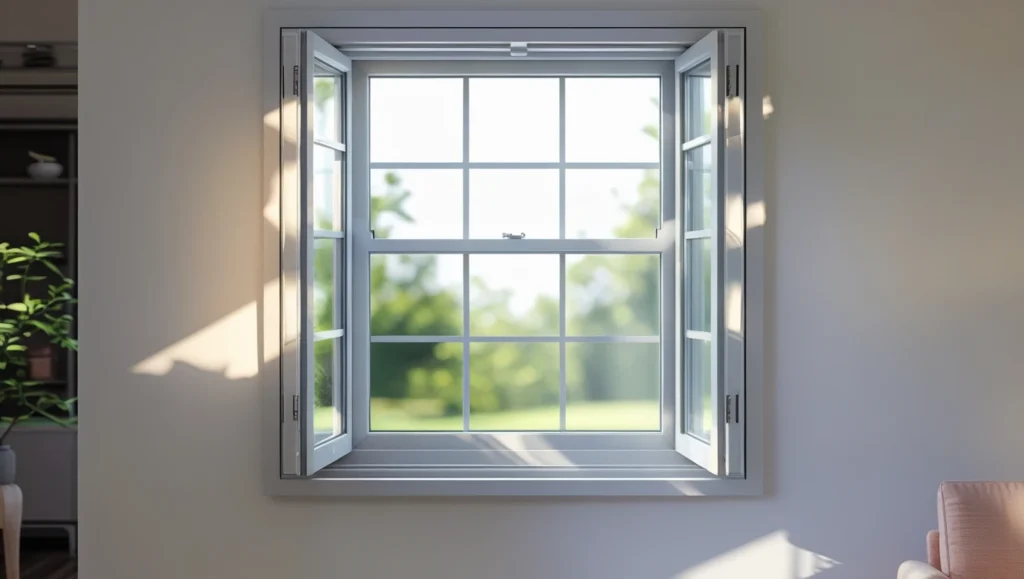
Understanding the Single-Hung Window Meaning and Design
Let’s start with the basics. Single-hung window meaning is simple: it has two parts, or “sashes,” but only the bottom one moves. The top sash stays in place. This type of window slides up and down to open and close. Single-hung windows are often found in homes because they are easy to use and less expensive than other styles. They are also known for having fewer air leaks because there’s only one movable part. That can make a big difference when it comes to keeping your home sealed and warm.
Which Is More Energy-Efficient: Single-Hung Window or Other Styles?
Many people want to know if a single hung window is more energy efficient than other types, like double hung or casement windows. Here’s the truth: it depends on how the window is made. Casement windows usually seal tightly because they press against the frame when closed. Double-hung windows, where both sashes move, may let in more air if not sealed well. But single-hung windows can be very efficient when they have good materials and modern glass.
If you want something simple, easy to clean, and energy-smart, a well-made single-hung window is a strong choice. It works especially well in rooms where you don’t need to open windows very often.
Are Fiberglass or Vinyl Windows Better for Efficiency?
Now let’s talk about what windows are made of. You may have heard of fiberglass and vinyl windows. Both are common, but they have some differences. Vinyl windows are made from a plastic material that does not easily let heat through. They are strong, don’t rot, and are budget-friendly. Vinyl is a popular pick for people who want energy savings without a big cost. Fiberglass windows are made to be even stronger. They can last longer and don’t expand or shrink as much with temperature changes. That helps them keep a tight seal.
So, are fiberglass or vinyl windows better? Fiberglass may perform slightly better, but both are great for energy savings when made with care.

Window Material Comparison: What Matters Most for Insulation
When choosing a window, you might look at style and size, but window material comparison is just as important. Different materials affect how well your windows block heat, cold, and noise.
Here’s a quick guide:
- Vinyl: Good insulation, affordable, easy to maintain
- Fiberglass: Strongest option, excellent insulation, lasts a long time
- Aluminum: Not great for insulation, but very durable
- Wood: Great natural insulation, but needs more care
The right choice depends on your home’s style, budget, and how much energy you want to save. Fiberglass and vinyl are top picks for energy-smart homes.
Fiberglass Windows Pros and Cons: Do They Outperform Vinyl?
Let’s take a closer look at the pros and cons. Why do some homeowners choose them over vinyl?
Pros:
- Strong and long-lasting
- Very good at keeping heat in
- Doesn’t warp or crack in bad weather
- Can be painted to match your home
Cons:
- Usually costs more than vinyl
- Harder to find in some areas
- Heavier and may need expert installation
While fiberglass performs well, vinyl is still a very good option if you’re looking to save money while still improving energy efficiency.
How Tall Are Standard Windows and Why Does It Matter for Energy Flow
You might be wondering, How tall are standard windows, and why does it matter? The typical height of a standard window is around 36 to 60 inches. The taller the window, the more light and air it lets in. Larger windows can make your home feel bright and open, but they also allow more heat to pass through unless they’re well insulated. That’s why the window’s height and energy performance should be considered together.
If you’re installing new windows, ask your installer about sizing options that balance natural light with energy efficiency.
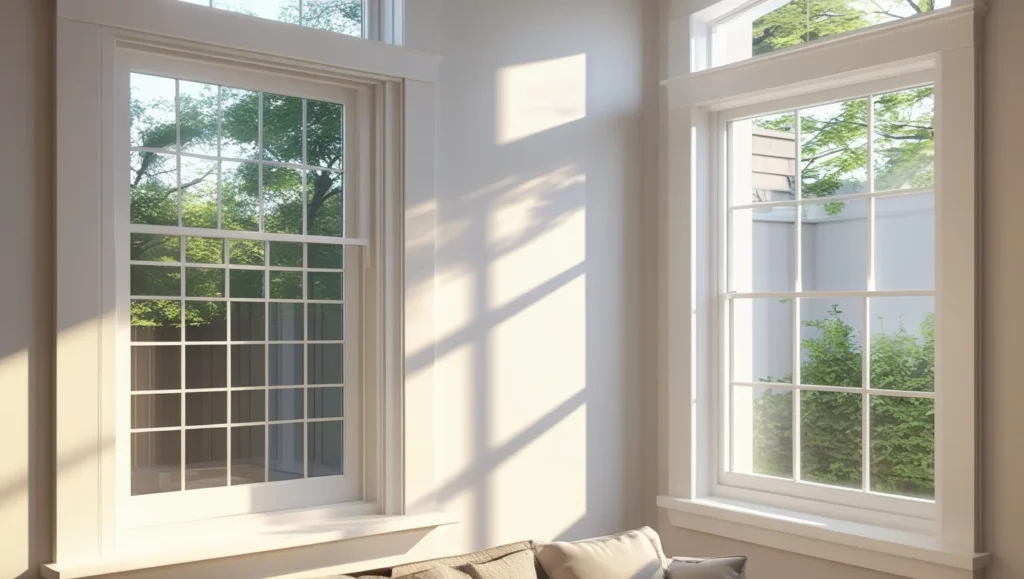
Do Standard Window Sizes Impact Energy Use?
Yes, standard window sizes do impact how much energy your home uses. Bigger windows usually let in more heat during the summer and more cold in the winter unless they are made with good glass and sealed well. A smaller window, on the other hand, has less surface area to lose or gain heat. But that doesn’t mean bigger is bad. Just make sure your windows, no matter the size, have double or triple panes, Low-E coating, and tight frames.
Using standard-sized windows that match your room’s needs will help you save energy and keep your home comfortable all year long.
Choosing the Right Size of Windows for Each Room
Not every room needs the same kind of window. A bedroom window might be different from a bathroom or kitchen one.
Here are some average window sizes for common rooms:
- Average bedroom window size: 24×36 inches or 36×48 inches
- Bathroom windows: Smaller, often 18×24 inches
- Living room windows: Often larger for views and sunlight
Knowing the size of windows that fit your rooms helps you plan better. Use smaller windows where privacy is important and larger ones where light matters most. Just remember to use energy-efficient materials, no matter the size.
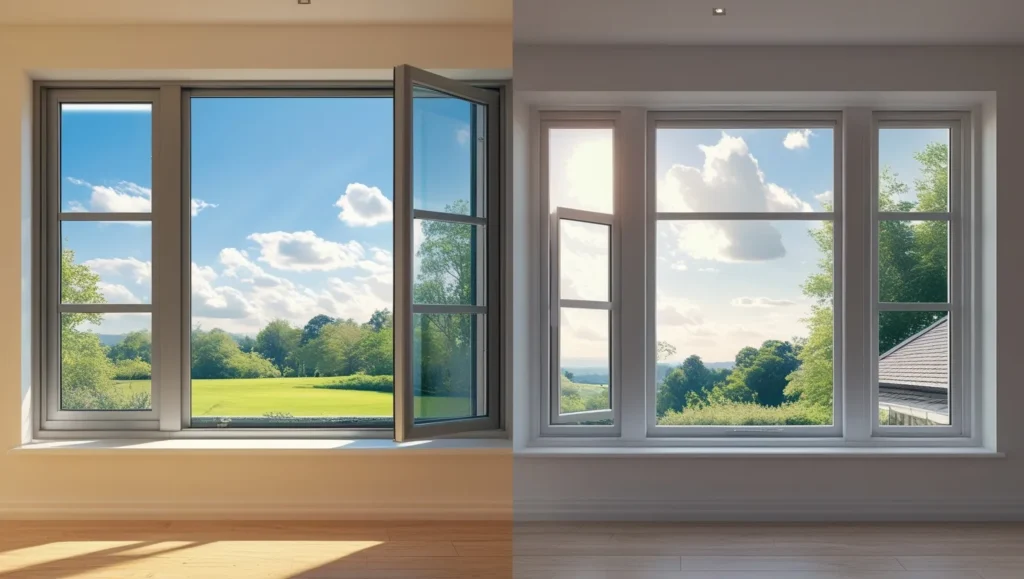
Large Window Sizes vs. Smaller Units: Energy Pros and Cons
Big windows can make a room feel grand, but are they energy efficient? Here’s a quick breakdown:
Large window sizes:
- Pros: More light, better views
- Cons: More heat loss/gain if not properly made
Small window sizes:
- Pros: Easier to insulate, better at holding heat
- Cons: Less natural light
If you want large windows, choose ones with energy features like triple-pane glass and low-emissivity coatings. That way, you can enjoy the view without losing warmth in the winter or cool air in the summer.
Why Inland Windows Is the Trusted Choice for Energy-Smart Windows in Coeur d’Alene
When it comes to choosing the right windows for your home, trust and quality matter. That’s where Inland Windows comes in. For years, homeowners in Coeur d’Alene have turned to Inland Windows for expert advice and high-quality energy-efficient window solutions. Whether you’re looking for the best single hung window, vinyl vs. fiberglass frames, or custom sizes for your space, we’ve got you covered. Our team understands how to match the right window to your home’s needs while saving you money on energy bills.
Looking to upgrade your windows with energy efficiency in mind? Contact Inland Windows today and let us help you find the perfect match for comfort, style, and savings.

